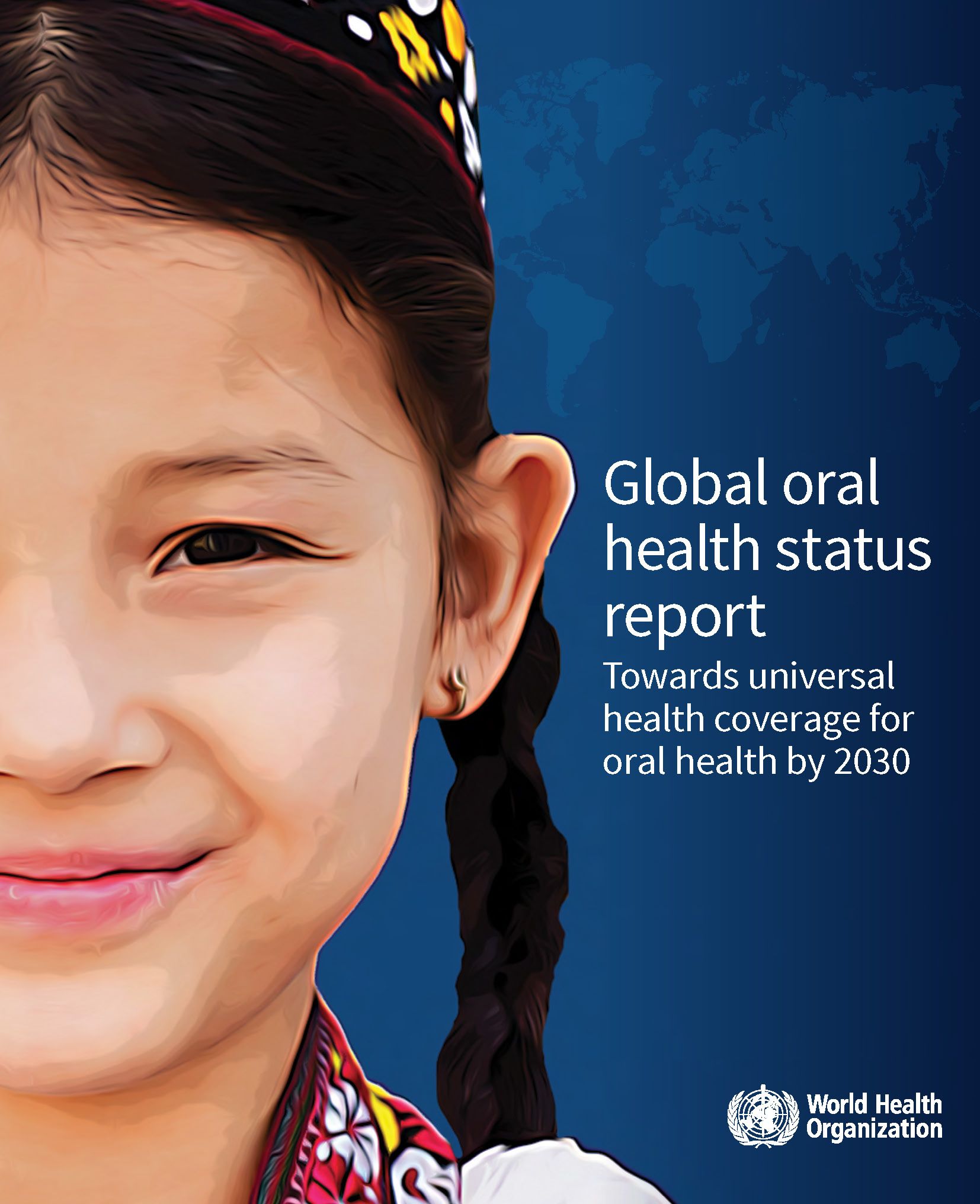World Health Organization Release First Global Oral Health Assessment
The report comprehensively looks at oral health data and access to care in 194 countries.

The World Health Organization (WHO) published its first-ever global oral health report. Global Oral Health Status Report provides a comprehensive picture of oral disease burden with data profiles for 194 countries, offering unique insights into key areas and markers for oral health.
The report found that almost half of the world’s population—45% or 3.5 billion people—suffer from oral diseases, with 3 out of 4 affected people living in low- and middle-income countries. Cases of oral diseases have increased by 1 billion globally over the last 30 years, in what the report finds is a clear indication that many people lack access to oral health care.
WHO found that caries, severe gum disease, tooth loss, and oral cancers are among the most common oral disease. Untreated caries is the most common condition, affecting an estimated 2.5 billion people. Severe gum disease affects an estimated 1 billion people, while there are 380,00 new cases of oral cancers diagnosed each year.
This report underscores the glaring inequalities in access to oral healthcare, and it is most commonly vulnerable or disadvantaged populations that are affected. Those with low incomes, living with disabilities, the elderly living alone or in care centers, those living in remote or rural areas, and members of minority groups carry a higher burden of oral diseases, according to WHO. This pattern of inequality is similar to other communicable diseases, including cancers, cardiovascular disease, diabetes, and mental disorders.
“Oral health has long been neglected in global health, but many oral diseases can be prevented and treated with the cost-effective measures outlined in this report,” WHO Director-General, Dr Tedros Adhanom Ghebreyesus said, according to a press release. “WHO is committed to providing guidance and support to countries so that all people, wherever they live and whatever their income, have the knowledge and tools needed to look after their teeth and mouths, and to access services for prevention and care when they need them.”
The report states that only a small number of the global population is covered by essential oral health services, and those with the greatest need often have the least access to those services. Key barriers to accessing this care include:
- Out-of-pocket costs
- Poor information and surveillance systems combined with low priority for public oral health research
- Oral health services largely rely on specialized providers using expensive equipment and materials, and these services are not integrated with primary health care models
As alarming as this report is, there are opportunities to improve oral health globally. These include:
- Addressing common risk factors by promoting a well-balanced, low-sugar diet; stopping tobacco use; reducing alcohol consumption; and improving access to affordable fluoride toothpaste
- Improving integration of oral health services in primary health care as part of universal health coverage
- Redefining oral health workforce models to respond to populations needs and expand competencies of non-dental healthcare workers to expand oral healthcare coverage
“Placing people at the heart of oral health services is critical if we are to achieve the vision of universal health coverage for all individuals and communities by 2030,” said Dr Bente Mikkelsen, WHO director for noncommunicable diseases, according to the press release. “This report acts as a starting point by providing baseline information to help countries monitor the progress of implementation, while also providing timely and relevant feedback to decision-makers at the national level,” she said. “Together, we can change the current situation of oral health neglect.”
The full report can be accessed here.